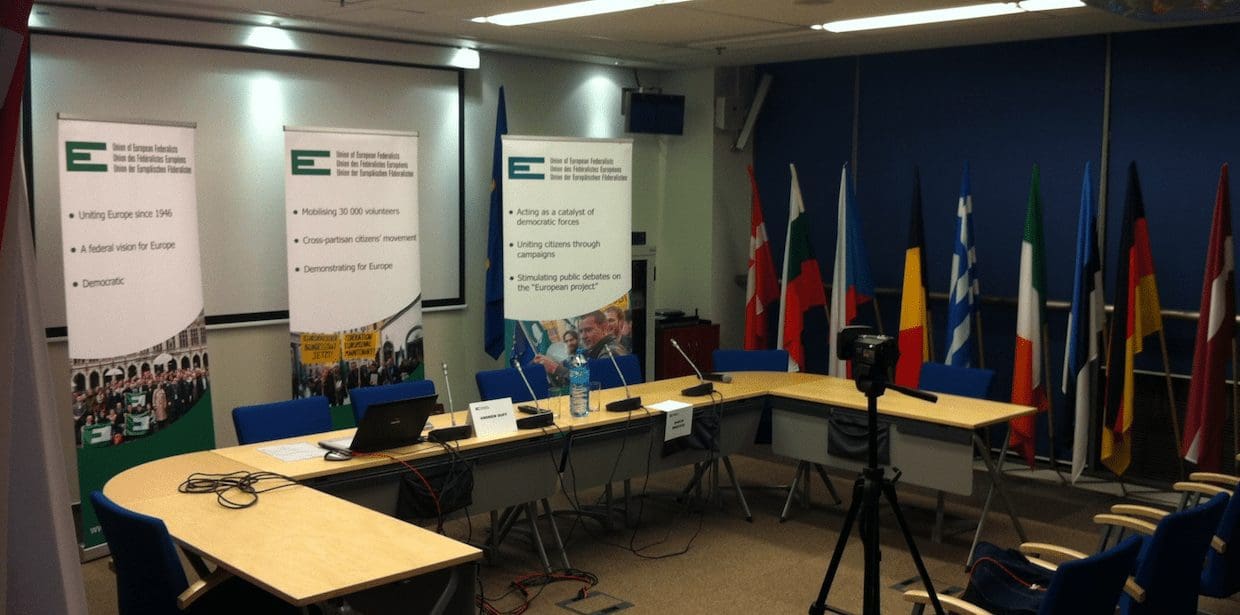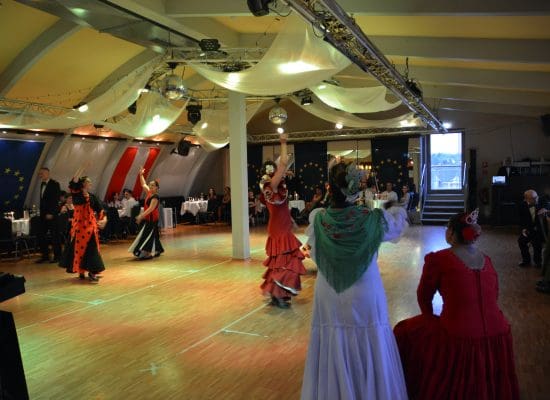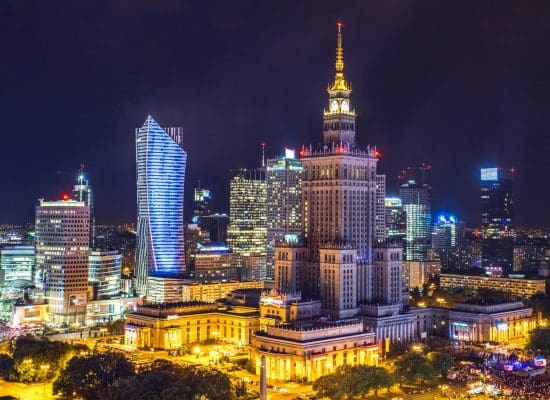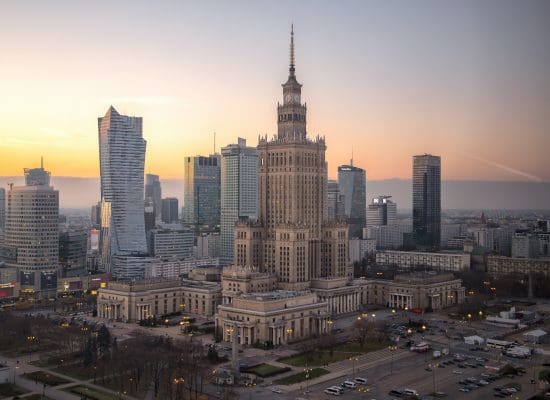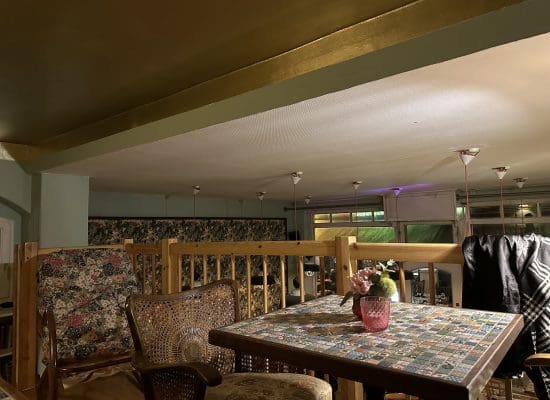Feature photo: UEF Meeting in Warsaw (2012)
"I have not tried ... to hide my belief that Europe would be a better place and do better in the world if it were to be more united and less disunited. Neither have I pretended that unification is risk-free or straightforward. Europe's long and turbulent history makes its integration today intrinsically complicated. Nor, despite my evident frustration at the slow pace of change, I have ever thought the goal of 'ever closer union' to be quickly accomplished."
Andrew Duff (2018: 2)
The Union of European Federalists (UEF), since it was founded in 1946, has been a supranational association with its official headquarters in The Hague. However, the General Secretariat has been in for years Brussels. The aim of the UEF is to this day, and in the spirit of the Hertenstein program, the creation of a federal European state. Until then, it strives for further democratization and federalization European Union (EU) on.
The organs of the UEF are the Congress, which meets every two years and brings together the delegates of the subdivisions. Congress sets the political framework, appoints the President and elects half of the members of the Federal Committee.
This federal committee, the other half of which is elected by the respective subdivisions, coordinates activities between congresses, approves the annual budget and elects the executive board, which is responsible for implementing the decisions of the congress and the federal committee. In addition, the federal committee appoints the treasurer and (at the suggestion of the board) the secretary-general on a voluntary basis, who oversees the day-to-day work.
Other organs are the Conference of Representatives of Affiliates, which meets at the request of the Bureau or at least two subdivisions and includes delegates from the subdivisions, as well as the President, the Secretary General and the Treasurer. This conference has an advisory function for the federal committee and determines the membership fees.
For the resolution of conflicts within the UEF there is an Arbitration Committee consisting of seven members elected by Congress.
With 23 subdivisions, the UEF is still the pro-European association with the most members. The largest sections of the UEF are the EUROPA-UNION Germany (1946), the Italian Movimento Federalista Europeo (1943) and the European Federalist Movement Austria (1955). In addition, there are the two oldest sections, the New European Movement Switzerland (founded in 1934 as Europa-Union) and the British Federal Union (1938).
Other members are from Banat in Romania (1995), Belgium, Bulgaria (2002), Finland (2007), France, Greece, Lithuania (2012), Luxembourg, Montenegro (2011), Poland, Portugal, Serbia (2009) , Slovakia (2013), Spain (2012), the Czech Republic, Hungary (2013), Cyprus (2004) and by the Europa Group, a coalition of Brussels and Luxembourg federalists (1975).
Their youth organization are those founded in 1947 Young European Federalists (JEF), which is currently represented with 32 own subdivisions in many European countries, namely in Albania, Armenia, Belgium, Bulgaria, Denmark, Germany, Finland, France, Greece, Italy, Kosovo, Croatia, Latvia, Lithuania, Macedonia, Malta, Moldova, Montenegro, Netherlands, Norway, Austria, Poland, Portugal, Sweden, Switzerland, Serbia, Slovakia, Spain, Czech Republic, Turkey, Hungary and United Kingdom.
For the sake of completeness, I would like to point out again that the UEF temporarily split into two independent movements between 1956 and 1973. It is also due to this that the JEF on the European level states 1972 as its actual founding date, since the corresponding reunification congress of the sMFE youth with the JEF, which until then had been connected to EUD and AEF maintains, takes place. You can read more about this in the chapter 'Discrepancies and how to overcome them' in my book project Europe is for everyone! . refer
Comparing the UEF and JEF, it is easy to see that the youth organization can now form subdivisions more quickly than the UEF. For me, by the way, this is a very positive signal and a glimmer of hope for our future!
On the one hand, the UEF is due to history and, on the other hand, by its very nature, it is also one of over thirty member organizations of the European Movement International network (European Movement International – EMI), whose German subdivision, the European Movement Germany, I will go into in more detail in later articles.
I remember vividly speaking at a UEF event in Barcelona with a Federal Union member who had been active in the movement from its early years. We very quickly come to the topic of 'constitutionalists' or 'unionists' and he scores points with me by asking me: "What use is the best European constitution to us if only very few people stick to it afterwards?"
I also like to think back to when I suddenly found myself at the table of Italian professors from our sister association from Italy at a UEF event in Brussels. In the process, I'm learning to understand that a 'debate on federalism' can be extremely exciting but also very exhausting.
A UEF event in Warsaw is also very interesting, where I have the opportunity to talk to former federal ministers from the European Federalist Movement in Austria.
My personal experiences with the European level of our association have been exclusively positive and, in my opinion, still testify today that all currents from the beginnings of the European movement are still on board, be it the voluntary activists, the educated citizens or the professional networkers. The range is still very large and the pool of ideas is almost inexhaustible; a source of experience and competence which, in my opinion, is neither used sufficiently nor has a sufficient effect on the respective subdivisions.
The mandatory prerequisite for working at the European association level is at least command of the English language, better yet command of at least one other foreign language. Because multilingualism is one of the greatest advantages of Europe, and it always opens up new horizons for the endeavor. In addition, I am firmly convinced that there is a solution for almost everything, you just have to address the problem in the appropriate language.
For a deeper insight into the creative power of the UEF, I would like to recommend the "Ventotene Papers". Altiero Spinelli Institute for Federal Studies (Ventotene), the regular editions of “The Federalist Debate' of the Center for Federal Studies (Turin), from 'The Federalist" and the "European letters“ of the European Foundation Luciano Bollis (Pavia) as well as the “Press federalist“ of the Maison de l'Europe et des Europeens (Lyon).
"I grew up with the idea that democracy is not something you believe in or a place you hang your hat, but it's something you do. You participate. If you stop doing it, democracy crumbles and falls apart.”
Abbie Hoffman (1993: 296)
If you are now a little more curious, I recommend reading my book Europe is for everyone!
You can also get more details about the book here .
